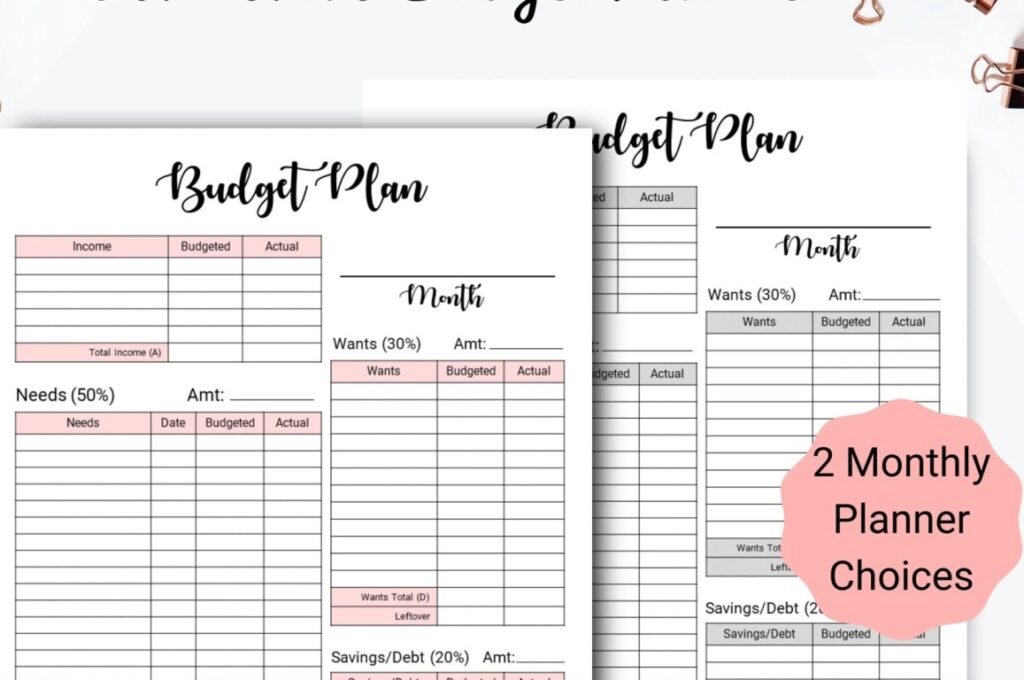Introduction
Have you ever reached the end of the month and wondered where all your money went? A personal budget is the ultimate solution to gaining control over your finances. It’s not just about restricting spending; it’s about empowering yourself to prioritize what truly matters. In this step-by-step guide, we’ll show you how to create a personal budget that works for your unique lifestyle and financial goals.
Why Do You Need a Personal Budget?
A budget isn’t about saying “no” to spending it’s about saying “yes” to financial freedom. Here’s what a personal budget can do for you:
- Reduce Financial Stress: Know exactly where your money is going.
- Achieve Goals Faster: Save for that dream vacation or emergency fund.
- Avoid Debt: Live within your means and avoid unnecessary loans
Step 1: Understand Your Income
Start by calculating your total monthly income. Include:
- Salary (after taxes).
- Freelance or side hustle earnings.
- Other income sources like dividends or rental income
Pro Tip: Use a budgeting app like Mint or YNAB to track your income automatically.
Step 2: Track Your Expenses
For at least one month, monitor where your money goes. Break your expenses into categories, such as:
- Fixed Expenses (rent, utilities, insurance).
- Variable Expenses (groceries, dining out, entertainment).
- Discretionary Spending (subscriptions, hobbies).

Step 3: Set Financial Goals
Define your short-term and long-term goals. Examples:
- Short-term: Save $500 for holiday gifts.
- Long-term: Save for a down payment on a house.
Having clear goals will help you stay motivated and focused.
Step 4: Choose a Budgeting Method
Pick a budgeting method that suits your lifestyle:
- 50/30/20 Rule:
- 50% for needs (housing, food).
- 30% for wants (entertainment, shopping).
- 20% for savings or debt repayment.
- Envelope System: Use cash for specific categories and stop spending once the envelope is empty.
- Zero-Based Budget: Allocate every dollar to a category until you reach $0.

Step 5: Create and Stick to Your Budget
Now that you have your numbers, build your budget. Use tools like spreadsheets or apps to organize your categories and amounts.
Pro Tip: Review your budget weekly to ensure you’re staying on track. Adjust as necessary for unexpected expenses.
Step 6: Automate Savings and Payments
Set up automatic transfers for savings and bill payments. This ensures:
- You never forget to save.
- You avoid late fees on bills.

Step 7: Review and Adjust Regularly
Life changes, and so should your budget. Review your budget monthly to:
- Track progress toward your goals.
- Adjust for new expenses or changes in income.
Bonus Tips to Make Budgeting Easier
- Use Budgeting Apps: Tools like EveryDollar or Goodbudget make tracking easy.
- Eliminate Unnecessary Expenses: Cancel unused subscriptions or memberships.
- Celebrate Small Wins: Reward yourself when you hit milestones, like paying off a debt or reaching a savings goal.
Conclusion
Creating a personal budget isn’t complicated it’s empowering. By following this step by step guide, you’ll take control of your finances and build a future of financial freedom. Start today, and let your budget work for you not against you.
Reference Investopedia’s Financial Goals Guide for more insights on setting realistic financial objectives.



